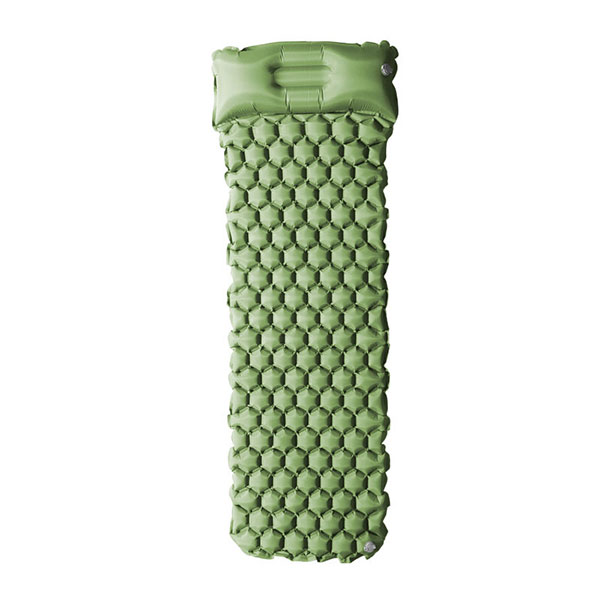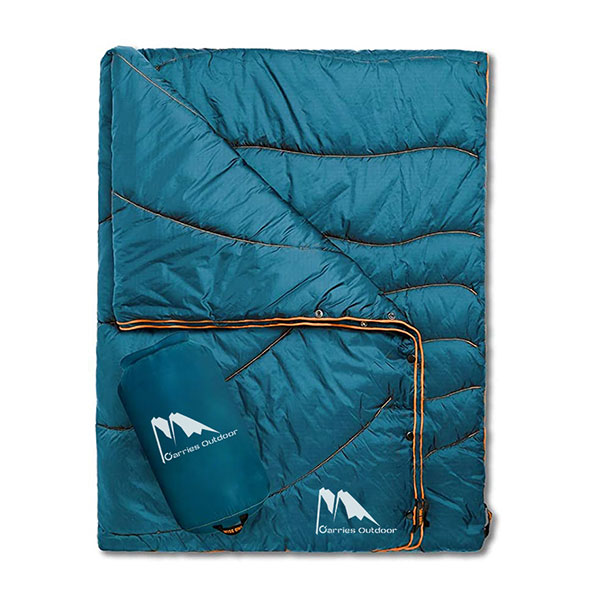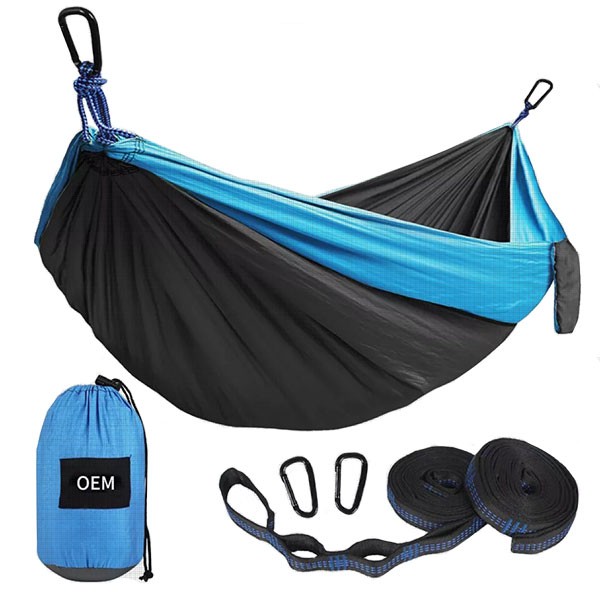What gear do you need for hammock camping?
Hammock camping is increasingly popular among outdoor enthusiasts who are looking for a lightweight and comfortable alternative to traditional tent camping. Whether you are a beginner or an experienced camper looking to switch to a hammock, the right gear is essential for a successful and enjoyable experience. Here is a comprehensive guide to the gear you need for hammock camping.
Essential hammock camping gear
1. The hammock itself
The core of your gear should be a hammock made specifically for camping (not a backyard lounge chair). Look for:
Durable, lightweight material, such as ripstop nylon
At least 9 feet in length for comfortable sleeping
Weight-bearing capacity that exceeds your body weight
Built-in mosquito screen (or available as an add-on) for mosquito protection
2. Suspension system
You'll need a reliable way to hang your hammock between trees or other supports:
Tree straps (at least 1" wide to protect the bark)
Carabiners or other connectors
Slings, daisy chains, or cinch cords for adjustment
Available ropes to suit a variety of needs
3. Rain protection
A waterproof tarp is essential to keep you dry:
At least 8x10 feet in size to provide adequate coverage
Silicon nylon or polyester for durability and water resistance
Guy lines and ground stakes for secure mounting in winds
Optional: Doors or beaks for extra storm protection
4. Insulation
Hammocks need the following special insulation, as compression sleeping bags fail:
Bottom quilt (ideally hung under the hammock)
Sleeping pad (foam or inflatable sleeping pad that fits inside the hammock)
Top quilt or sleeping bag appropriate for expected temperatures
5. Bug protection
Unless your hammock has a built-in mosquito net, you will need:
Separate insect net to cover the entire hammock
Permethrin-treated gear for extra protection
Insect repellent spray for exposed skin
Other useful accessories
6. Structural ridgeline
A fixed length of rope above the hammock that:
Ensures constant sag for optimal comfort
Provides space to hang small items
Can support your insect net or tarp
7. Gear storage
Gear carrier or storage bag for easy access to items
Dry bag for clothing and electronics
Small item bag to organize accessories
8. Comfort items
Inflatable pillow or storage bag for clothing
Eye mask (for bright light environments)
Ear plugs (if you are sensitive to night noise)
9. Other essentials
Headlamp with red light mode
Multi-tool or knife
Repair kit with spare cord and patches
Water bottle for easy access
Choose gear based on the situation
Summer camping:
Lightweight hammock with good ventilation
Breathable mosquito net
Simple rain awning
Thin bottom quilt or sleeping pad
Three-season camping:
Full-coverage rain awning
Bottom quilt rated for 20-30°F (-10-17°C)
Top quilt for different temperatures
Windproof gear
Winter camping:
Four-season awning with door
Bottom quilt rated for 0°F (-10°C) or lower
Warm top quilt
Hammock socks for extra warmth
Hot water bottle for extra warmth
To successfully enjoy hammock camping, you need the following essential gear:
1. A quality camping hammock (not a backyard lounger)
2. A suspension system (tree straps, carabiners, and adjustable straps)
3. Rain protection (a durable, waterproof tarp with stakes and guylines)
4. Insulation (an underquilt or sleeping pad, plus a top quilt or sleeping bag)
5. Bug protection (a built-in or separate bug net, plus insect repellent)
Additional helpful items include a structural ridgeline, gear organizers, comfort accessories (like a pillow), and weather-specific upgrades (such as a winter tarp or extra insulation for cold conditions). With these essentials, you’ll have a comfortable, secure, and enjoyable hammock camping experience.
Summary
Hammock camping offers a unique way to experience the outdoors with less impact on the environment and is often more comfortable than sleeping on the ground. While the initial investment in quality hammock gear may seem high, its versatility and comfort make it worth it for many campers. Start with the essentials and gradually add specialized items as you find your preferences and camping style.
Remember that the right setup is just as important as the right gear. Practice hanging your hammock at home before heading into the wilderness, and always follow the principles of Leave No Trace by using tree-friendly straps to minimize your impact on your campsite.











